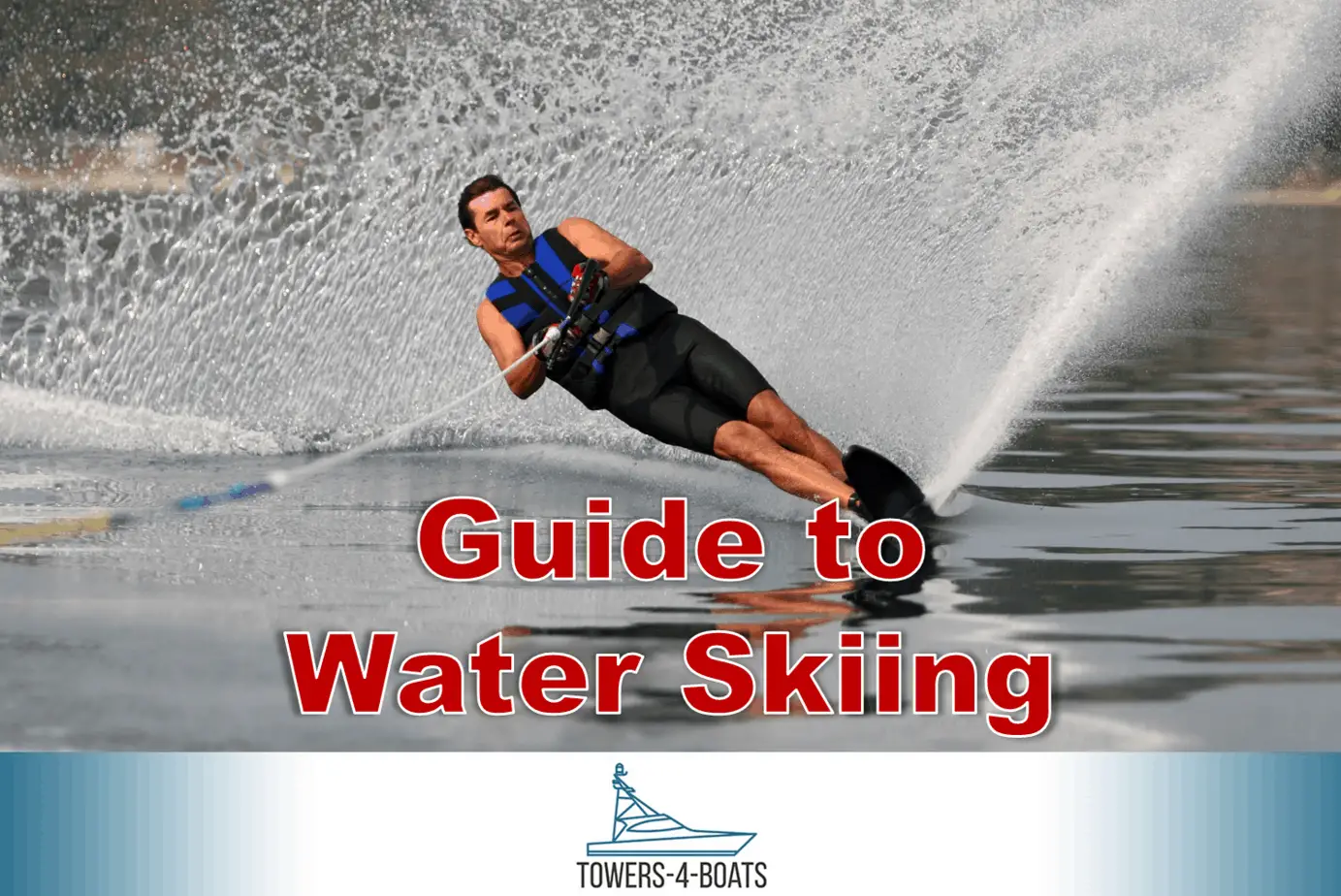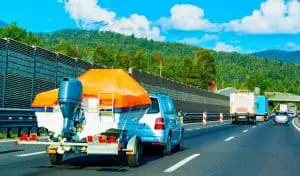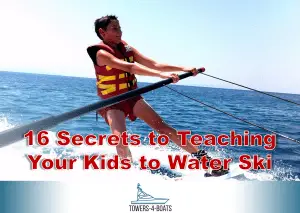Guide to Water Skiing Gear
Water skiing is a common sport that is typically characterized by an adrenaline rush that pumps blood. It is always a fun sport, regardless of whether or not you are already familiar with the sport.
Three kinds of water skiing are commonly available: slalom skiing, trick skiing, and jump skiing. Of these three, the most common is slalom skiing.
Slalom Skiing
Gradually, water skiing at higher speeds became irresistible with the ever-increasing strength of motorboats. We never say no to anything that will get us high on adventure and adrenaline. Trust humans. So, faster motorboats just mean more vigorous skiing on water! And that is what slalom skiing is, essentially.
Slalom skiing requires the use of only one ski, called slalom, designed to be able to cut through the water at high speeds to navigate around obstacles (buoys).
As you would imagine, slalom water skiing competitions are happening all over. Skiers are built to make their way around a course of 26 buoys in competitive slalom water skiing to make a full pass. There is an entrance to each course and an exit gate. The skier must pass through six of those 26 buoys in a zig-zag pattern.
Things are much more complex than that, however. The motorboat’s speed is increased by 2mph (3km/h) for each pass until the maximum speed for the gender category has been reached. The top speed for men is 36mph (58 km/h), while for women it is 34 mph (55 km/h). This is achieved so that every single pass is more complicated than the previous one.
But after the top speed is reached, things quickly get more complicated and demanding. The rope is shortened at each move after reaching the maximum pace. A skier will, however, determine the speed and rope length they want to start with. As a consequence, starting the course at its highest speed and a 13-meter long rope is popular for experienced water skiers in slalom.
The rope length and the number of buoys successfully passed by the skier are considered to decide the winner of the contest.
Gear for Water Skiing
Before you can begin water skiing, there are some basic facilities that you need. Without either of these, water skiing could lead to less enjoyable or very dangerous skiing.
Water Skis
Of course, you know that without skiing itself, you will not be able to get some skiing done. There’s no way to say how important skiing is.
Just as there are skis for adults, there are skis for girls. Children’s skis are often built in such a way as to link either end of the two skies. This encourages the younger skiers to hold the skis together as they may not be strong enough to do it all on their own.
Adult skis, though, don’t come with that privilege because adults are expected to be sturdy enough to hold the skis together. Holding the skis together, however, matters only when two skis are involved. A slalom ski, for example, is a single ski. Nothing needs to be held together.
Also, not only does the size of the ski depend on the size of the skier, but the type of skiing that is performed also matters. Jump skis, for instance, are commonly longer than most other skis used for other forms of skiing.
All that being said, standard children’s skis are only about 110 to 150 cm long. Sometimes, adult skis have sizes ranging from 60 to 72 inches.
Life Jacket
A life jacket is always a welcome protective gear, much like every other watersport. For safety purposes, even experienced water skiers still require life jackets.
You might think that you’re a nice swimmer and that you don’t need a life jacket. But consider a scenario in which an accident happens and a crash unconsciously knocks a skier. A life jacket would keep such a skier afloat and the rescue team would be easy to spot.
Ski Gloves
Yep. Yep. Yep. To have firmer grips on the rope, you need them. To stop your hands from quickly getting tired from trying to carry the rope for too long, you will need them.
I use Connelly’s tournament gloves when I ski. Check Amazon.
Bindings
When it comes to water skiing, bindings are important. They’re the stuff you put your feet in on your skis. They help you stay securely on your skis. Without them, you shouldn’t even dream of water skiing.
Wetsuit
Of course, nobody expects you to go water skiing in impractical clothes that might make you uncomfortable. The most practical items to wear, regardless of the weather, are wetsuits for any form of waterskiing.
Tow Bar
The tow bars are connected to the rear of the motorboats and the tow rope is attached to them. Often you can have a motorboat with an outboard engine that is not made for water-skiing. That is, it doesn’t have a tow bar. You don’t have to think about buying another boat because you can get a tow bar conveniently for yourself.
Your Questions
How dangerous is water skiing?
When waterskiing, there are chances of physical injury. During collisions with water or buoys or some other hard surface, one may sustain concussions or lacerations.
These accidents can, however, be avoided. Water skiers are recommended to wear protective clothing at all times. When skiing, knowing the limit is also a wise thing. If you are not a specialist, do not ski at high speeds.
Is it easy to learn how to water ski?
It’s very easy to learn how to water ski. After learning about the basic safety guidelines and having the right tools, all you have to do is reach the lake.
Make sure that, even though you think you can handle a faster speed, the motorboat driver starts slowly at first. Continue practicing.
Is wakeboarding easier than water skiing?
For either sport, there have been several fair reasons. There’s no point in unnecessarily fueling the debate, however, as it all comes down to the skier’s choice. Some may find wakeboarding simpler since related board sports are already familiar to them. Others can find water skiing simpler for them as they would use two skis instead of the large snowboard style skis used in wakeboarding (except in slalom skiing).
Conclusion
Well, what are you going to wait for? Enjoy water skiing!




